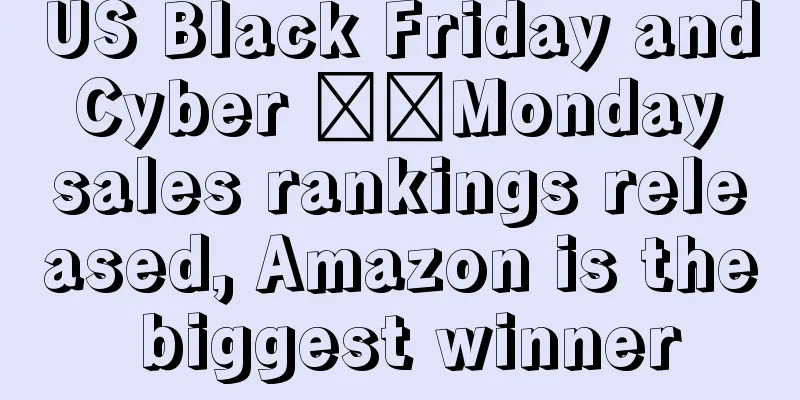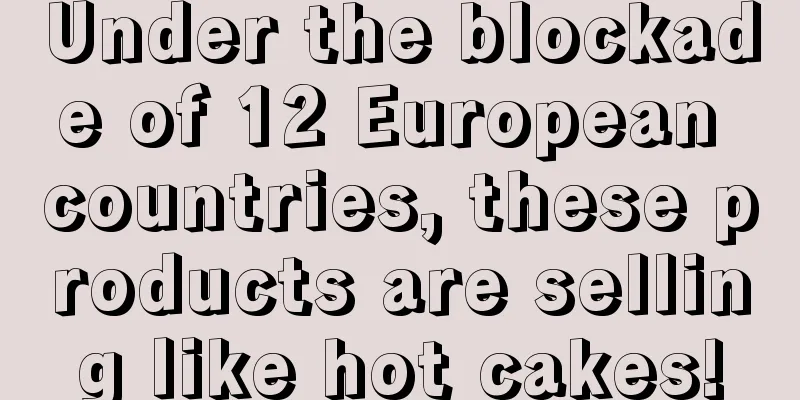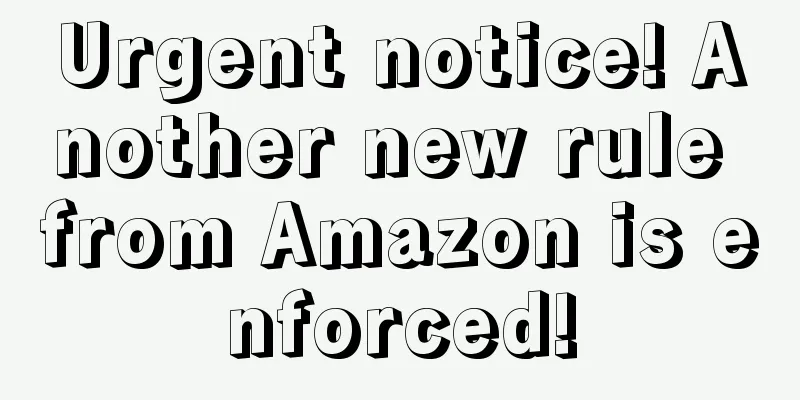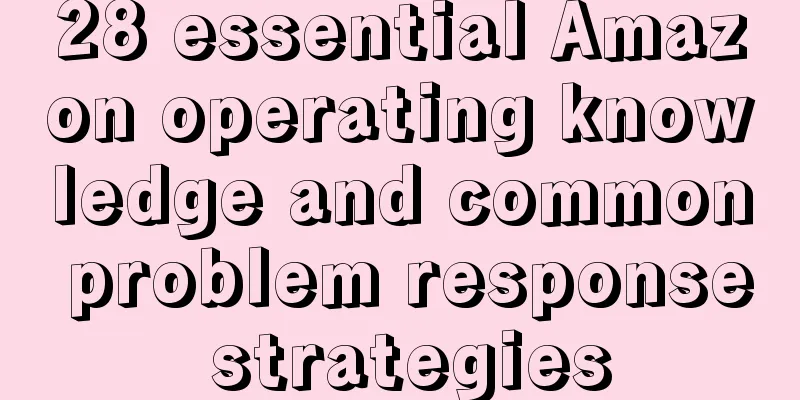The sky is falling! Amazon reveals product price histories to buyers

|
Recently, Amazon has made many adjustments to the front-end, from sales volume display, page views and return rate display, etc., and is currently testing new features such as [price history query function] . These changes will directly affect the user experience and the seller's daily sales. Many sellers are worried that such new changes will increase operational difficulty and intensify internal competition. Recently, Amazon launched the price history query function of Rufus AI shopping assistant, which allows some consumers to view the historical lowest price of products. For example, search for the Halloween stickers below, click Rufus, and then use "price history" to see that the current price of $11.99 is higher than the average price on Amazon over the past 30 days. In addition, Rufus AI also provides a line chart showing the price changes of the product over the past month , allowing consumers to clearly see price fluctuations. In addition, buyers can also receive notifications of price changes in shopping cart items, such as "product price reduction or price increase" . Even if it is only 1 cent, consumers can know that if Amazon believes that the price of the product on the platform is not competitive compared with other platforms, it may hide the "buy" button of this product and require consumers to click on other products to complete the purchase. Currently, the public price history feature is being tested among some users in the United States, and this feature may be promoted to more consumers in the future. Simply put, this function will directly affect consumers' purchasing decisions. When consumers see that the price is not favorable or the current price is too different from the historical price, they will choose to buy from other stores or buy on another day. As for sellers, they need to monitor and adjust product prices more frequently , adopt transparent pricing strategies, and enhance product value to maintain competitiveness. If necessary, they can consider using professional price tracking tools to keep abreast of market trends. In addition to the new historical price query function, the labels "Not competively priced" and "Competitively priced" appear on Amazon search pages and product details pages. According to Amazon, the competitive price threshold can be defined as “ prices based on competitive prices from other retailers (excluding other Amazon sellers). If a seller’s price + shipping (minus Amazon credits) is higher than this competitive price, the offer may not be eligible for the Buy Box . ” Amazon provides this specific dollar amount to marketplace management every time it updates marketplace data. The emergence of these two labels is equivalent to Amazon using algorithms to determine and inform consumers whether the price of the seller's products is higher or lower than the market average, and whether it has a price competitive advantage. Note: In general, Amazon uses pricing data from other retailers to determine the competitive external price of products, and the platform considers several different factors: average selling price, Amazon pricing, derived price per unit, product list price, etc. to determine how the pricing of products on the platform compares to the pricing of similar products sold by other retailers. Sellers can also optimize prices around these dimensions. Many sellers believe that this label is a measure taken by Amazon to increase traffic and deal with low-price competitors. Is it simply the official step to force sellers to engage in internal competition? Will the price be aligned with Temu in the future? The situation of sellers has become even more difficult... Although this label has not been officially launched and is still in the internal testing stage, it will have a significant impact on the conversion rate of products. Once this function is launched, the products with the label may have to reduce their prices, which will in turn trigger more price wars among peers, leading to more intense internal competition! |
<<: New on the front page! Amazon search results display sellers’ store ratings
>>: Amazon warehouses are full in October! Sellers have to relocate their shipments for 3 months
Recommend
American Eagle Outfiters acquires AirTerra! Optimize supply chain and logistics transportation speed!
According to Business Insider, American Eagle Outf...
TikTok's new policy is released! This type of cross-border seller has an opportunity
TikTok's successful overseas expansion has no...
What is FeedbackFive? FeedbackFive Review
FeedbackFive focuses on helping sellers manage buy...
The US economic growth rate continues to slow down! The "layoff wave" spreads to the retail industry
It is learned that due to the impact of the Feder...
What is NXcloud? NXcloud Review
NXcloud is a cloud communications company that spe...
7 successfully verified product selection ideas (collection)
Image source: 123rf.com.cn Quickly promote the 31s...
What is AliExpress Direct? AliExpress Direct Review
The Oil Program (AliExpress Direct) is AliExpress&...
Amazon, do you still dare to expand into new categories at this time?
In the process of operating on Amazon, sellers of...
Create a first-class new product operation plan - Amazon new product operation plan
text Optimizing Amazon's new product operation...
Good news! US sellers can get $100 Vine discount!
Good news! US sellers can get $100 Vine discount!...
Sellers, please note! Amazon tightens its policies again!
Amazon’s temper is really unpredictable, and the p...
What is Lianhe Puhua Intellectual Property? Lianhe Puhua Intellectual Property Evaluation
Shenzhen Lianhe Puhua Intellectual Property Servic...
Rumors debunked! Sellers can still ship as normal, air and sea freight will not be affected
Affected by the epidemic, Amazon sellers were mos...
What is Grailed? Grailed Review
Grailed is one of the few websites that focuses on...
A post-95s girl started a business: She ate instant noodles for three months and started working on Amazon alone, using her 20% gross profit to support a cross-border store...
Anonymous user My C position I am a girl born afte...









